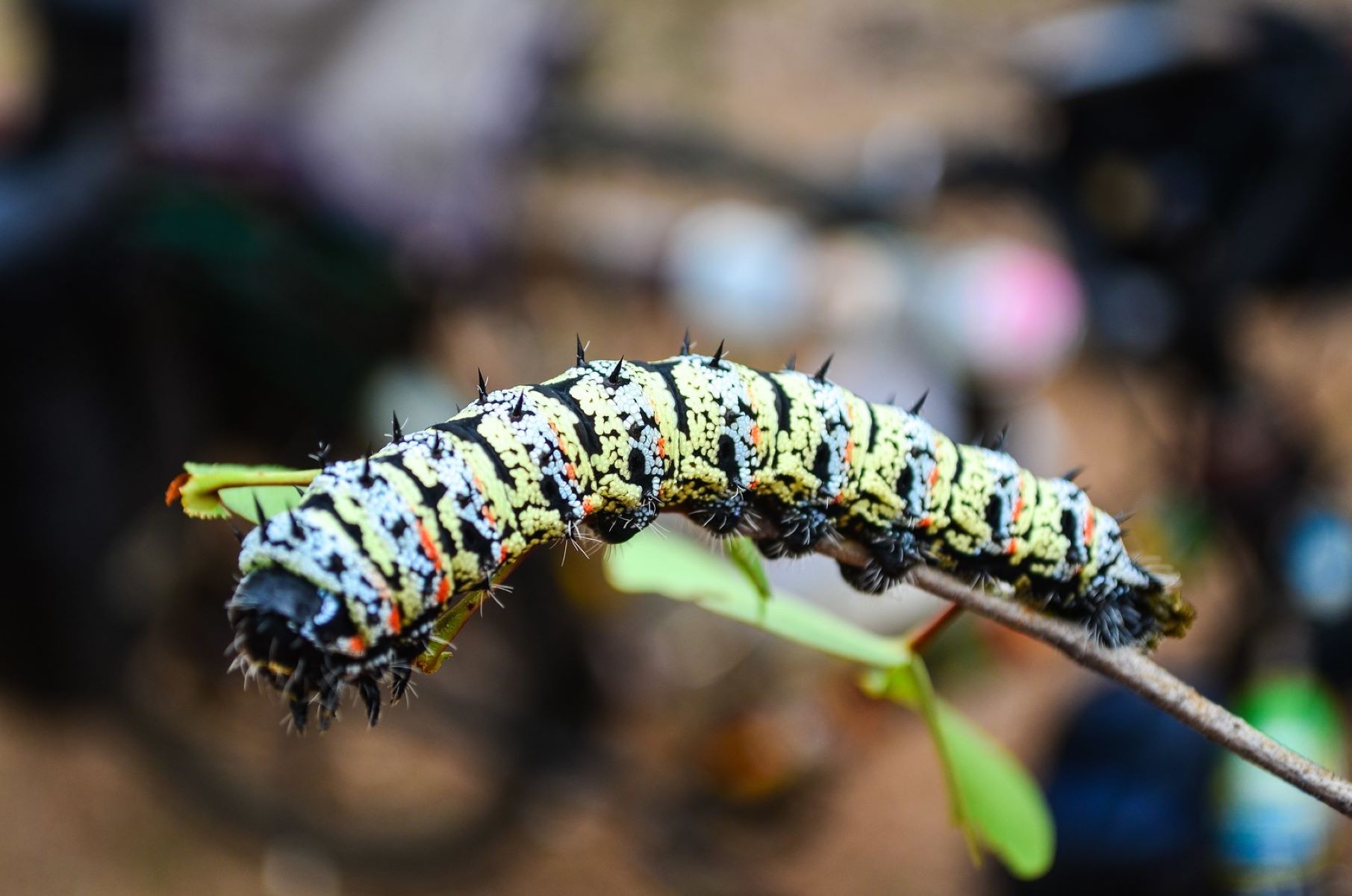The Fascinating Journey Of Zimbabwe’s Beloved Mopane Worms

Have you ever heard of Mopane worms? These unique creatures are a staple in Zimbabwean cuisine and culture. Found in the Mopane woodlands, these caterpillars transform into emperor moths. Locals harvest them during the rainy season, creating a sustainable food source. Packed with protein, they offer a nutritious alternative to meat. Many people enjoy them dried, fried, or cooked in stews. Their slightly nutty flavor makes them a versatile ingredient. Visiting Zimbabwe? Trying Mopane worms can be an unforgettable experience. Dive into this culinary adventure and learn why these worms hold a special place in Zimbabwean hearts.
What Are Mopane Worms?
Mopane worms, scientifically known as Gonimbrasia belina, are actually caterpillars of the Emperor Moth. These worms are a popular delicacy in Zimbabwe, packed with protein and nutrients. They thrive in the Mopane woodlands, feeding on the leaves of the Mopane tree.
Where to Find Mopane Worms in Zimbabwe
If you're curious about where to find these fascinating creatures, here are some prime locations in Zimbabwe where Mopane worms are abundant.
Matobo National Park
- Located in the southwestern part of Zimbabwe, Matobo National Park is a UNESCO World Heritage site. The park is known for its rich biodiversity, including a healthy population of Mopane worms. Visitors can explore the park's scenic landscapes while learning about the local flora and fauna.
Hwange National Park
- As one of the largest national parks in Zimbabwe, Hwange is home to a variety of wildlife, including elephants, lions, and, of course, Mopane worms. The park's vast Mopane woodlands provide an ideal habitat for these caterpillars. Tourists can enjoy guided tours to see the worms in their natural environment.
Gonarezhou National Park
- Situated in southeastern Zimbabwe, Gonarezhou National Park is part of the Great Limpopo Transfrontier Park. The park's diverse ecosystems support a wide range of species, including Mopane worms. Visitors can take part in eco-tours to observe the worms and learn about their role in the local ecosystem.
How Mopane Worms Are Harvested
Harvesting Mopane worms is a traditional practice in Zimbabwe, often involving entire communities. The process is both fascinating and labor-intensive.
Bulawayo
- In Bulawayo, Zimbabwe's second-largest city, local markets often sell Mopane worms. During the harvesting season, which typically occurs after the rainy season, locals venture into the Mopane woodlands to collect the worms. The worms are then cleaned, boiled, and dried before being sold.
Victoria Falls
- Known for its stunning waterfall, Victoria Falls is also a place where Mopane worms are harvested. Local communities near the falls engage in the collection and preparation of these worms, which are then sold to tourists and locals alike. The process provides an additional source of income for many families.
Culinary Uses of Mopane Worms
Mopane worms are not just a curiosity; they are a staple in Zimbabwean cuisine. They can be prepared in various delicious ways.
Harare
- In Zimbabwe's capital city, Harare, Mopane worms are a common sight in local markets and restaurants. They are often fried or cooked in a tomato and onion sauce, making for a tasty and nutritious meal. Many restaurants in Harare offer dishes featuring Mopane worms, giving visitors a chance to try this unique delicacy.
Masvingo
- Located near the Great Zimbabwe ruins, Masvingo is another city where Mopane worms are popular. Local chefs incorporate these worms into traditional dishes, often serving them with sadza (a type of maize porridge) and vegetables. The combination provides a well-rounded and hearty meal.
Cultural Significance of Mopane Worms
Mopane worms hold a special place in Zimbabwean culture, symbolizing resilience and community.
Mutare
- In the eastern city of Mutare, Mopane worms are celebrated during local festivals and cultural events. These events highlight the importance of Mopane worms in the community, showcasing traditional harvesting methods and culinary practices. Visitors can participate in these celebrations, gaining insight into the cultural significance of Mopane worms.
Chinhoyi
- Chinhoyi, known for its caves and rich history, also has a strong connection to Mopane worms. The local communities here have long relied on these worms as a food source, especially during times of scarcity. The cultural practices surrounding Mopane worms are passed down through generations, preserving this important aspect of Zimbabwean heritage.
The Mopane Worm's Role in Zimbabwe
Mopane worms are more than just a food source. They are a vital part of Zimbabwe's culture and economy. Harvesting these worms provides income for many families, especially in rural areas. They are also a sustainable protein source, helping to combat food insecurity.
Eating mopane worms is a tradition passed down through generations. They are often enjoyed fried, boiled, or dried. Their unique taste and nutritional value make them a popular choice.
Tourists visiting Zimbabwe can experience this local delicacy firsthand. Trying mopane worms offers a glimpse into the rich traditions and daily life of the Zimbabwean people.
Understanding the importance of mopane worms helps appreciate their role in the ecosystem and community. They are a small but significant part of what makes Zimbabwe unique.

